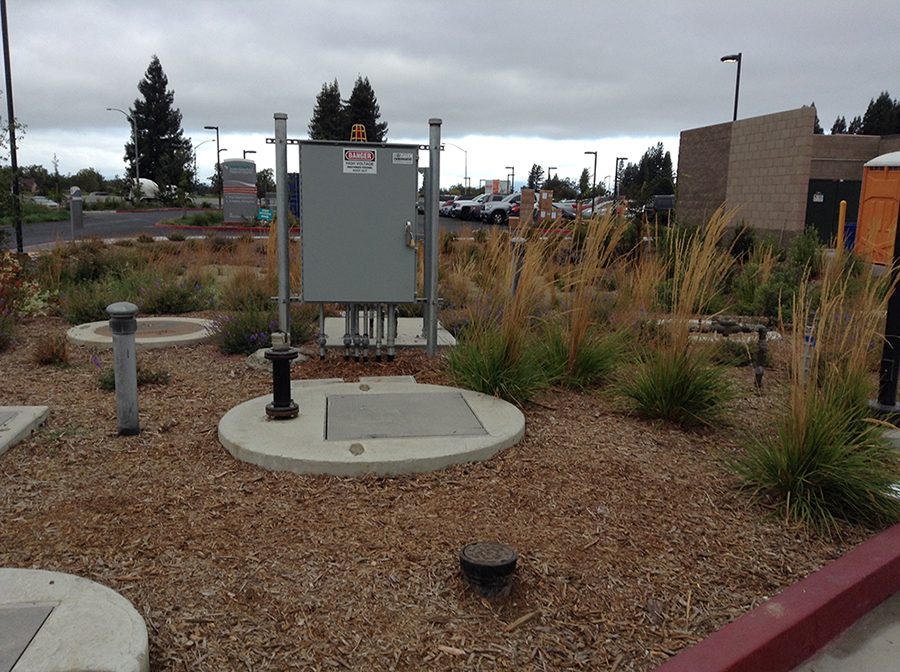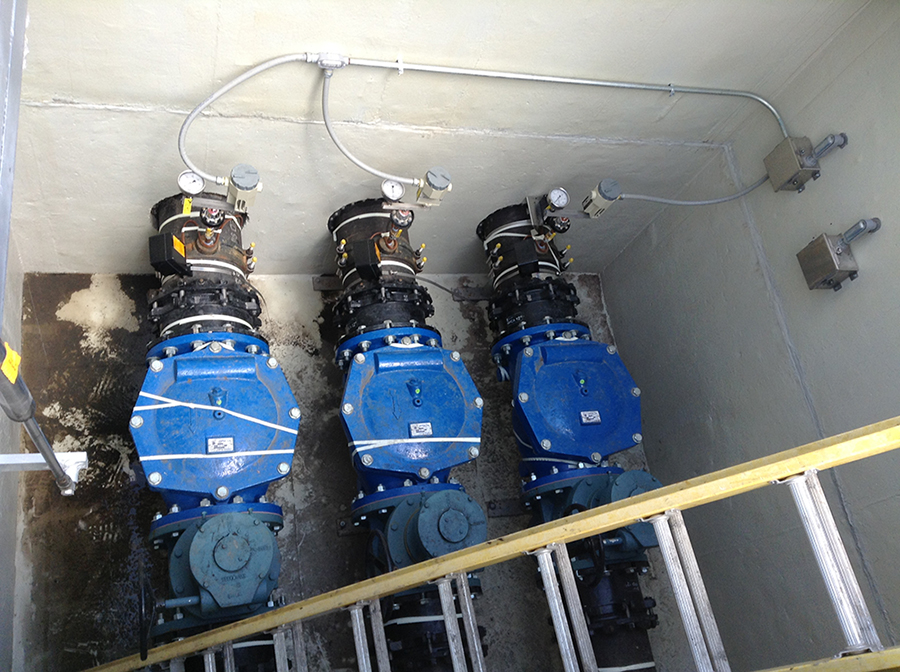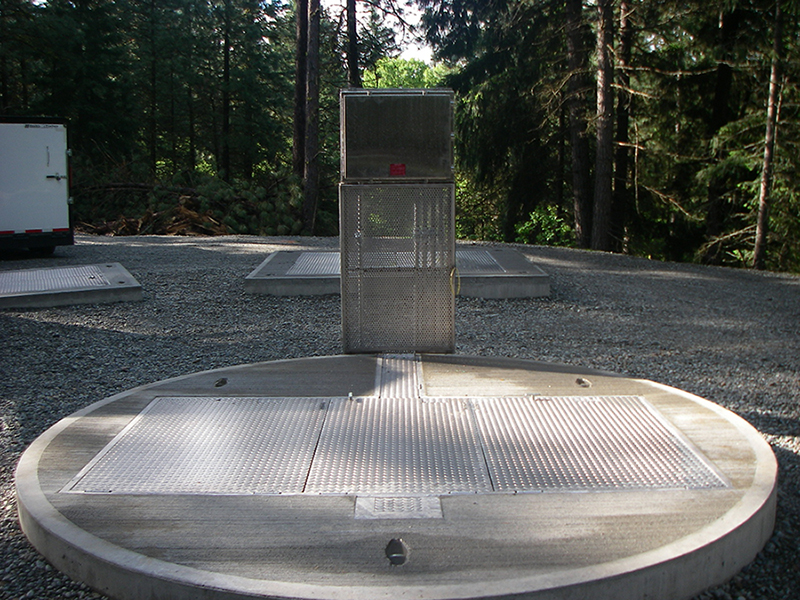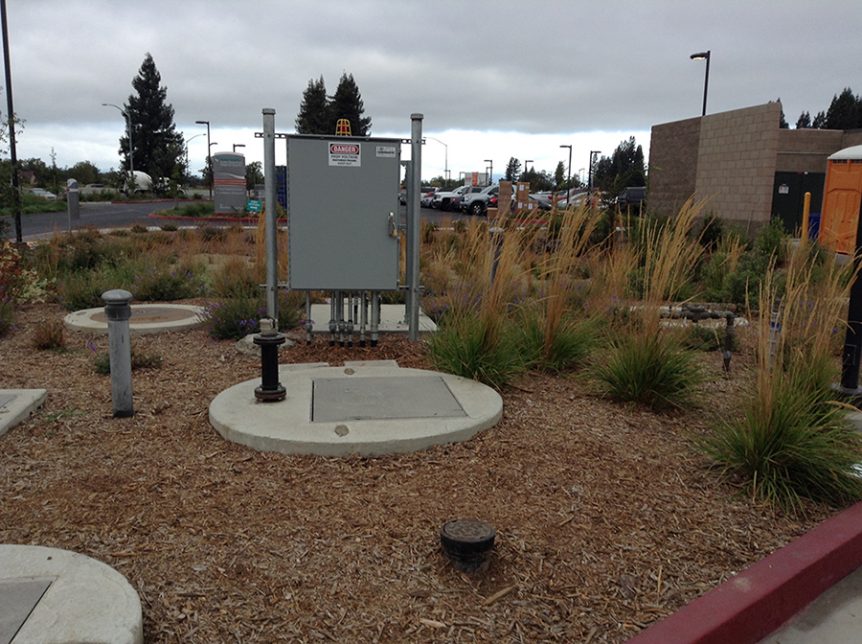
For pump stations, lift stations, and booster pump stations, redundancy is an important aspect of the design and long-term functionality of the system. Redundancy in pumping systems can be found in many forms and describes backup systems that can relieve the primary systems in the event of a failure. Redundancy can be required or elective depending on the type of water being pumped and the code requirements of the pump station site. Designing pumping systems with some level of redundancy can be a very important feature of a fully functional pumping system.
The primary benefit of redundant design is the prevention of a total system failure. In wastewater and hazardous water pumping, the failure of a pump station can contaminate the surrounding environment and pose health risks to the community. Typically, there are redundancy requirements in place for those pumping applications. Even when the water is relatively benign, such as with stormwater, and there is no redundancy requirement, it can still be beneficial. At the beginning of any pump station design, it is important to ask, “What will happen if the pump station fails?” Including redundancy can be a great advantage if the consequences of a system failure outweigh the cost of redundant designs, such as with flooding or property damage.

Preventing a total system failure is the biggest advantage of redundancy, but improving the functionality of the pumping system can also be very important. The pumps in a pump station work the hardest of any component, and without redundancy, the wear on pumps can be substantial. When Romtec Utilities uses redundant pumps in duplex or triplex configurations, the pumping system will alternate pumping cycles between the pumps. This vastly improves the life of each pump. It also allows for pump maintenance without requiring system down time, since one pump can keep running while the other is serviced. This is also true of other components such as level sensing devices or controllers.
There are many types of redundant systems in water pumping applications, and each redundancy benefits the overall pumping system. Typically, the most crucial systems to back up are the pumps, the controller, and the level sensors. These devices handle the core operation of a pumping system. Providing a backup for each essentially eliminates the possibility of a system failure. Other devices such as valves and meters can also include redundancy. Redundant valves offer the ability to isolate a single discharge line for maintenance without interrupting the system’s function. Redundant meters maintain readings in delicate applications for industrial and commercial processes or treatment.

When thinking about redundancy, there are elements that must be done and elements that can be elected in the design of a pumping system. Choosing which redundant systems to include should focus on compliance first and then address the operating goals of the system maintenance staff. Romtec Utilities can provide complete redundancy on any of our pumping systems with the complete design, supply, and installation.

